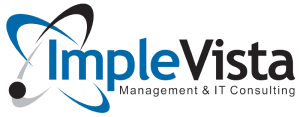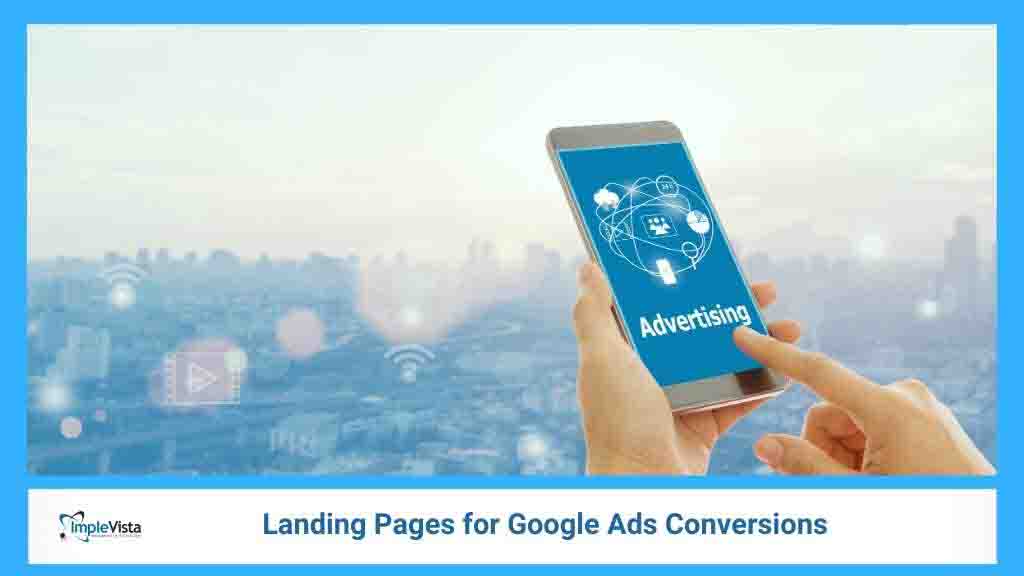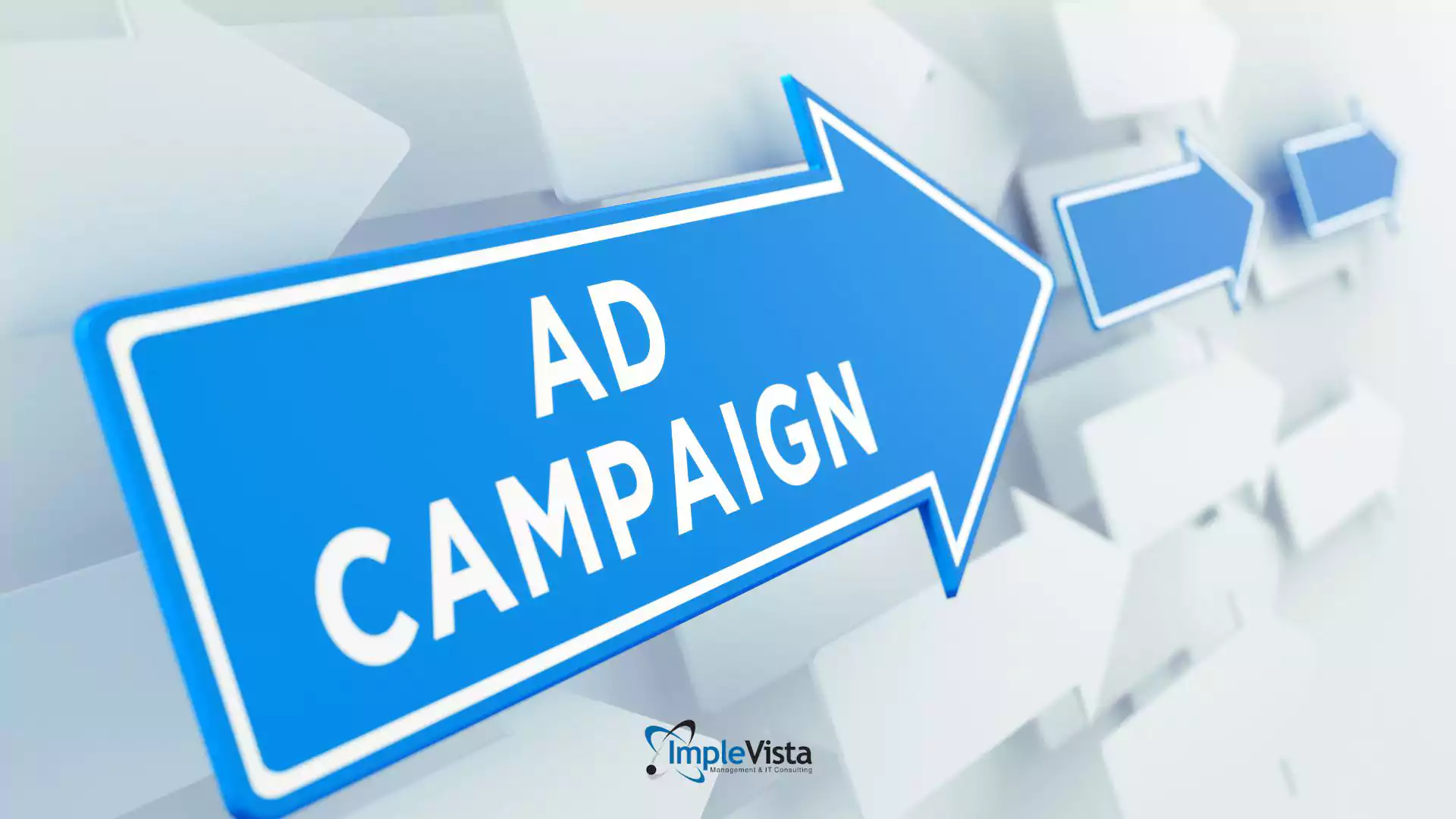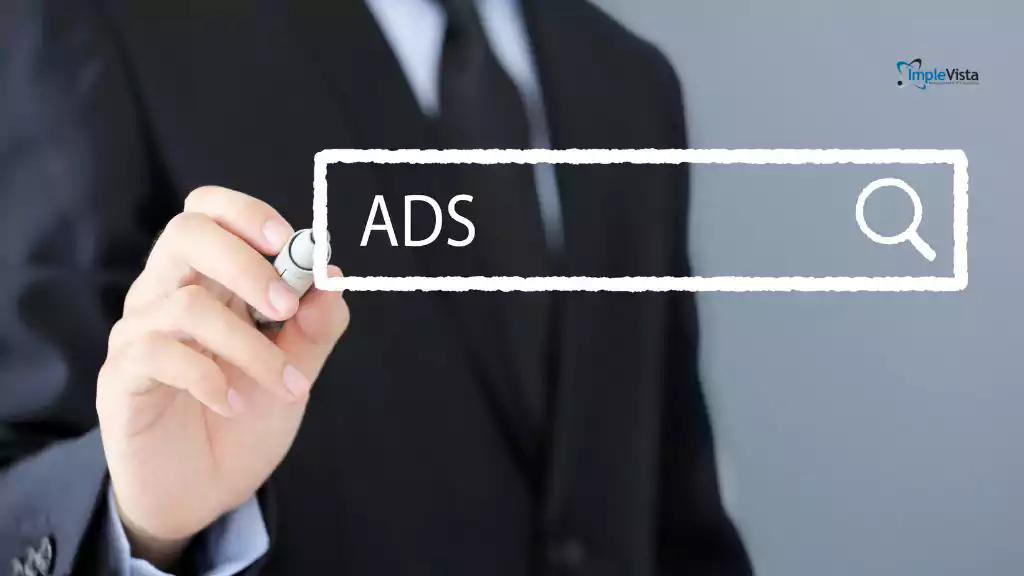Google Ads is one of the most effective ways to drive traffic to your website, but simply running ads isn’t enough. A well-optimized landing page is crucial to converting visitors into leads and customers. This article explores why landing pages are essential for Google Ads conversions, how they enhance user experience, and best practices for designing high-converting landing pages.
Why Landing Pages Matter for Google Ads Conversions
1. Enhanced Relevance and Ad Quality Score
Google Ads ranks ads based on relevance and Quality Score. A well-designed landing page directly related to the ad content improves the Quality Score, reducing cost-per-click (CPC) and increasing ad placements.
2. Improved User Experience
A dedicated landing page provides a seamless and distraction-free experience, helping visitors find exactly what they are looking for. Unlike generic website pages, landing pages are tailored to a specific offer or campaign.
3. Higher Conversion Rates
Landing pages are designed with a clear goal, such as collecting leads, selling a product, or encouraging sign-ups. They feature persuasive copy, strong CTAs, and minimal distractions, leading to higher conversions.
4. Better Tracking and Performance Analysis
With landing pages, you can track user behavior, A/B test different elements, and optimize for better performance. Google Ads conversion tracking helps analyze which ads and landing pages are driving the most conversions.
Best Practices for Creating High-Converting Landing Pages
1. Align Landing Page Content with Ads
Ensure that the landing page matches the ad’s messaging, keywords, and user intent. This improves relevance and keeps visitors engaged.
2. Optimize for Mobile Responsiveness
A significant portion of users access ads from mobile devices. Mobile-friendly landing pages with fast load times are essential for reducing bounce rates and improving conversions.
3. Use a Clear and Compelling CTA
Your landing page should have a single, prominent CTA that directs users towards the desired action, such as ‘Get a Free Quote’ or ‘Sign Up Now.’
4. Keep the Design Clean and Simple
Avoid cluttered layouts. Use high-quality visuals, easy-to-read fonts, and well-structured content to guide users towards conversion.
5. Load Speed Optimization
Slow-loading pages can lead to high bounce rates. Optimize images, use fast hosting, and enable caching to improve load speed.
6. Leverage Social Proof and Trust Signals
Include testimonials, case studies, reviews, and security badges to build credibility and encourage conversions.
7. A/B Testing for Optimization
Regularly test different versions of your landing page to determine which elements drive the best performance.
8. Implement Strong Headings and Subheadings
Use engaging headlines that capture attention while integrating keywords naturally.
9. Include Contact Information and Live Chat
Providing easy access to contact details or live chat support enhances trust and assists visitors in their decision-making process.
10. Utilize Exit-Intent Popups
Exit-intent popups can offer discounts or lead magnets to capture hesitant visitors before they leave the page.
The Role of Landing Pages in Different Google Ads Campaigns
1. Search Ads
For search campaigns, ensure that landing pages are keyword-optimized and directly relevant to the ad copy.
2. Display Ads
Since display ads target awareness, the landing page should provide engaging visuals and concise information.
3. Shopping Ads
For eCommerce, product landing pages should highlight key benefits, clear pricing, and an easy checkout process.
4. Video Ads
Video ad landing pages should include the video content alongside a strong CTA and lead capture form.
5. Remarketing Ads
Remarketing campaigns should direct users to personalized landing pages based on their previous interactions.
The Benefits of Effective Landing Pages
Landing pages serve as dedicated destinations for Google Ads traffic, ensuring a focused experience that aligns with user expectations. Benefits include:
- Increased Conversion Rates: A well-designed landing page can significantly boost conversion rates by guiding visitors toward a single, clear goal.
- Better Ad Quality Scores: Google rewards relevant and high-performing landing pages with better Quality Scores, which can reduce cost-per-click (CPC).
- Enhanced User Experience: A seamless and intuitive experience keeps visitors engaged and more likely to complete desired actions.
- Improved Tracking and Analytics: Having a dedicated landing page makes it easier to track the effectiveness of Google Ads campaigns, allowing for better optimization.
Creating High-Converting Landing Page Content
1. Compelling Headlines
Your headline should immediately capture attention and convey the value of your offer. Use primary keywords like “Google Ads Conversions” naturally to enhance relevance.
2. Persuasive Copy
A landing page should provide clear, concise, and benefit-driven copy. Focus on answering common user pain points and explaining how your service or product addresses them.
- Use bullet points for key benefits.
- Keep paragraphs short and scannable.
- Highlight value propositions in bold or italics.
3. Strong Call-to-Action (CTA)
Your CTA should be prominent and persuasive. Some effective CTAs include:
- “Get Your Free Quote Now”
- “Sign Up for a Free Trial”
- “Download the Guide”
Ensure that the CTA button stands out with contrasting colors and is placed strategically throughout the page.
Optimizing Landing Page Design for User Experience
Mobile Responsiveness
Since a large percentage of traffic comes from mobile users, your landing page must be fully responsive. Use flexible grids and high-quality images that adapt to different screen sizes.
Fast Load Speed
Page speed is a crucial ranking factor for both SEO and Google Ads. To optimize load time:
- Compress images.
- Minimize HTTP requests.
- Use a content delivery network (CDN).
Clean Layout and Visual Hierarchy
A clutter-free design enhances usability and conversion rates. Use:
- White space to improve readability.
- High-contrast colors to make CTAs stand out.
- Short paragraphs and bullet points to make content digestible.
Minimal Navigation
A landing page should have limited navigation to keep users focused on the intended action. Remove unnecessary links that could distract users from converting.
Utilizing Specialized Landing Pages for Better Targeting
To maximize conversions, you should create different landing pages tailored to various audience segments.
1. Product-Specific Pages
These pages are ideal for eCommerce stores looking to showcase individual products. Include detailed product descriptions, high-quality images, and customer testimonials.
2. Lead Generation Pages
For B2B businesses, lead generation pages with optimized form fields can capture important user data. Keep forms concise by asking for essential information only.
3. Event Sign-Up Pages
If you’re promoting a webinar or in-person event, your landing page should include:
- Event details (date, time, location, speakers, etc.)
- Registration form
- Countdown timer to create urgency
Building Credibility with Social Proof and Accreditations
What is Social Proof?
Social proof helps build trust and credibility. Some effective ways to include social proof are:
- Customer Testimonials: Showcase real customer experiences with positive outcomes.
- Client Logos: Display logos of well-known clients or partners to establish authority.
- Case Studies: Provide detailed insights into how your service has helped customers achieve results.
- Trust Badges and Certifications: Highlight industry accreditations, security certifications, and money-back guarantees.
Analyzing and Tracking Your Success Via Performance Metrics
To measure the effectiveness of your landing pages, focus on key performance indicators (KPIs).
Which Metrics Should I Measure?
1. Conversion Rate
- Measures the percentage of visitors who complete the desired action (e.g., sign-ups, purchases, downloads).
2. Bounce Rate
- A high bounce rate may indicate that users aren’t finding what they expect. Optimize content and page load speed to reduce it.
3. Page Load Speed
- The faster your page loads, the better the user experience and conversion rates. Use tools like Google PageSpeed Insights to analyze speed performance.
4. Click-Through Rate (CTR)
- Indicates how many users click on links or buttons within your landing page. A low CTR may suggest that your CTA needs improvement.
5. Quality Score
- Google assigns a Quality Score based on landing page experience, expected CTR, and ad relevance. A higher score leads to lower CPC and better ad rankings.
Maximizing Your Google Ads with Effective Landing Pages
Landing pages play a critical role in the success of Google Ads campaigns. By crafting compelling content, optimizing design for user experience, leveraging social proof, and tracking key metrics, businesses can maximize their ad performance and drive higher conversions.
Looking to Improve Your Google Ads Conversions?
At Implevista Digital in Dhaka, Bangladesh, we specialize in designing high-performing landing pages that enhance Google Ads success. Contact us today to boost your conversion rates and maximize your return on investment!
FAQs
What is a landing page in Google Ads?
A landing page is a standalone web page designed to convert visitors from an ad into leads or customers.
Why is a landing page important for Google Ads?
Landing pages improve relevance, enhance Quality Score, and boost conversions by offering a focused user experience.
What elements should a high-converting landing page have?
A clear headline, compelling CTA, fast load speed, mobile-friendliness, trust signals, and an easy-to-navigate design.
How do landing pages improve Google Ads performance?
They increase engagement, reduce bounce rates, and enhance ad Quality Score, leading to better rankings and lower CPC.
Can I use my homepage as a landing page?
While possible, a dedicated landing page is more effective as it aligns specifically with the ad content and conversion goal.
How can I measure landing page success?
Use Google Analytics and Google Ads conversion tracking to analyze bounce rates, time on page, and conversion rates.
How do I optimize my landing page for SEO?
Use relevant keywords, fast load times, high-quality content, and internal linking strategies.
What is the ideal length for a landing page?
It depends on the goal, but most high-converting landing pages are between 500-1500 words.
Should my landing page have navigation links?
Minimal navigation is recommended to keep users focused on the CTA and conversion goal.
How often should I update my landing page?
Regularly A/B test and update content based on analytics and performance insights.
Landing pages are essential for maximizing Google Ads conversions. By aligning them with ad content, optimizing for speed and mobile-friendliness, and incorporating strong CTAs, businesses can significantly improve their advertising ROI. If you’re looking to optimize your Google Ads campaigns with high-converting landing pages, Implevista Digital in Dhaka, Bangladesh, is here to help!
Ready to Boost Your Google Ads Conversions?
Contact us today for expert landing page design and optimization services tailored to your business needs!





